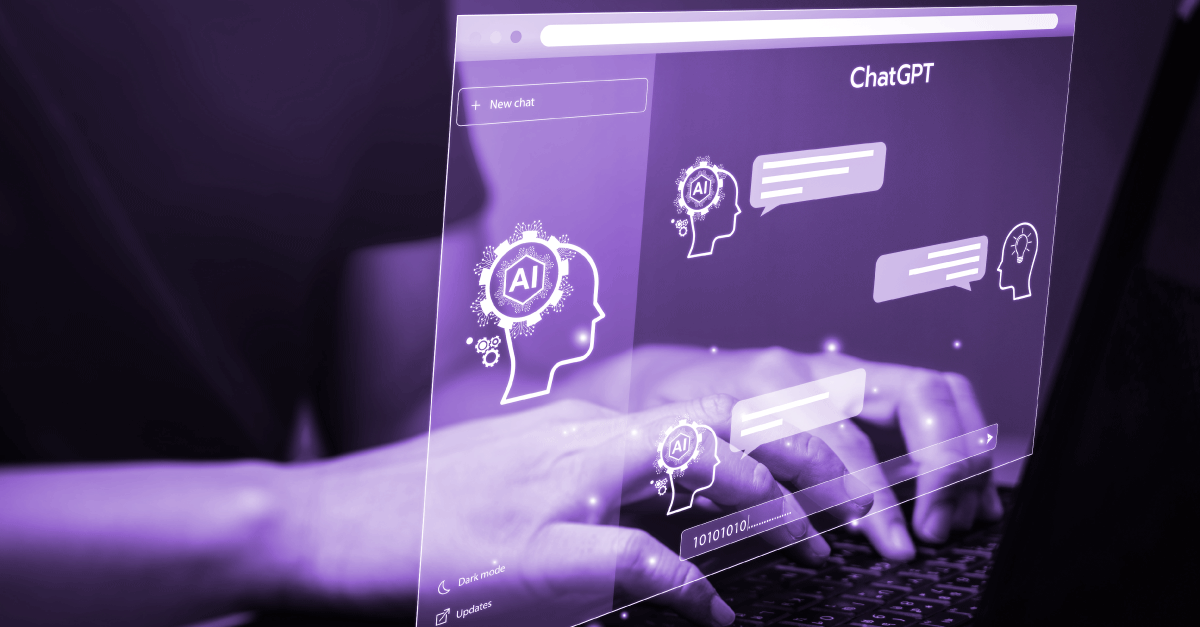From Pixels to Prose: The Impact of Generative AI on the Media Landscape
September 20th 2023

In an era where information flows at the speed of light and content is king, the media industry faces a unique challenge: how to keep pace with the voracious appetite of today’s consumers for fresh and engaging content, coupled with the need for personalized experiences.
Enter generative AI, a technological marvel that is revolutionizing the way we create, consume, and personalize media content.
The media industry is a dynamic realm where creativity meets the thirst for information. Whether you’re a seasoned media professional or someone who simply loves to engage with content, you’ve probably noticed a profound transformation taking place.
Generative AI. A revolutionary technology that is leaving its indelible mark on media.
This isn’t just about machines generating random text; it’s a paradigm shift that’s redefining how content is created, curated, and consumed.
In this post, we’re diving deep into the incredible impact and uses of generative AI in the media industry. From generating written articles to composing music and even creating hyper-personalized experiences, this technology is reshaping the media landscape.
Get ready to discover how this cutting-edge technology is reshaping the media landscape and how you can leverage its immense potential to excel in this ever-evolving industry.
Trending Towards Transformation
Generative AI, at its core, involves using algorithms to create content autonomously. This content can range from written articles and music to images and videos. The rapid advancement of this technology has given birth to several key trends in the media industry.
Automated Content Creation
One of the most prominent trends is the automation of content creation. Generative AI algorithms can generate high-quality written content at a speed that human writers could never match. This is particularly useful for news agencies, where breaking news can be disseminated faster and more efficiently. Imagine a scenario where news articles are generated in real-time as events unfold, ensuring that audiences receive the most up-to-date information within seconds of it happening.
Hyper-Personalization
Generative AI is enabling media companies to offer hyper-personalized experiences to their audiences. By analyzing user data, AI algorithms can curate content tailored to individual preferences, increasing user engagement and satisfaction. Whether it’s personalized newsfeeds that focus on a user’s specific interests or music playlists that adapt to their mood and preferences, AI is making it happen. This level of personalization not only enhances user experiences but also creates stronger brand loyalty.
Visual and Audio Content Generation
Visual and audio content is also undergoing a revolution thanks to generative AI. AI can produce stunning visuals, such as digital art and animations, and even compose music or voiceovers. This opens up new possibilities for multimedia storytelling and creative expression. Imagine a world where AI-generated art captivates audiences, or where AI-composed soundtracks enhance the emotional impact of a film. These innovations are not only pushing creative boundaries but also creating new revenue streams for media companies.
The Impact on Media
The impact of generative AI on the media industry is nothing short of transformative. Let’s explore how this technology is changing the game.
1. Cost Efficiency
Media organizations are constantly under pressure to produce more content with fewer resources. Generative AI can help cut costs by automating content creation, freeing up human talent for more creative and strategic tasks. This cost efficiency allows media companies to redirect resources toward investigative journalism, in-depth analysis, and innovative storytelling that truly sets them apart.
2. Speed and Scalability
AI-powered content generation is incredibly fast and scalable. This is a game-changer for media outlets that need to publish breaking news or cover events in real-time. AI can churn out articles, tweets, and even videos within seconds. The ability to rapidly generate content not only ensures that media companies are on the cutting edge of news delivery but also positions them as reliable sources in an era where speed matters.
3. Enhanced User Engagement
Personalization is a key driver of user engagement. Generative AI analyzes user behavior and preferences to deliver content that resonates with each individual. This keeps users coming back for more and increases ad revenue for media companies. As AI continues to fine-tune personalized recommendations, users can expect a media experience that feels tailor-made just for them, leading to longer engagement and higher conversion rates for media companies.
4. Creative Inspiration
Generative AI doesn’t replace humans; it collaborates with them. Creative professionals can use AI-generated content as a starting point for their work, saving time and sparking new ideas. Picture a scenario where journalists are inspired by AI-generated summaries of complex data, enabling them to dig deeper into the stories that matter most. This fusion of human creativity and AI assistance results in richer, more compelling content that resonates with audiences.
Future-Proofing Strategies
As generative AI continues to evolve, media professionals must think about how to leverage this technology to their advantage while addressing potential challenges.
1. Embrace Collaboration
Rather than fearing AI as a job threat, embrace it as a tool for collaboration. AI can handle routine tasks, allowing human creatives to focus on high-value, innovative content. This collaboration not only enhances productivity but also fosters a culture of creativity within media organizations.
2. Quality Control
While AI can generate content quickly, it’s essential to maintain quality standards. Implement robust quality control processes to ensure that AI-generated content meets your brand’s standards. This includes fact-checking, editing, and ensuring that the AI-generated content aligns with the organization’s editorial voice.
3. Ethical Considerations
Be mindful of the ethical implications of AI-generated content, especially when it comes to deepfakes and misinformation. Develop clear guidelines and policies to ensure responsible use of AI. Transparency in disclosing AI-generated content to audiences is crucial to maintaining trust in media organizations.
4. Stay Informed
Generative AI is a rapidly evolving field. Stay informed about the latest developments and be ready to adapt your strategies to take advantage of new opportunities. Attend industry conferences, engage with AI experts, and continuously evaluate how emerging AI capabilities can benefit your organization.
Wrapping Up
Generative AI isn’t a futuristic concept; it’s a transformative reality in the media industry today. It’s reshaping how content is created, personalized, and consumed. By staying informed about the latest trends, understanding its impact, and adopting future-proofing strategies, media professionals can harness the immense potential of generative AI to thrive in this ever-evolving landscape.
The journey has just begun, and the possibilities are limited only by our imagination. So, are you ready to explore the future of media with generative AI?
Don’t miss out on our weekly blog posts and LinkedIn updates about the fascinating advancements that will propel your business.
Ready to see what we can do for you?
In the right hands, artificial intelligence can take human performance to a hitherto unimaginable level. Are you ready for evolution?




